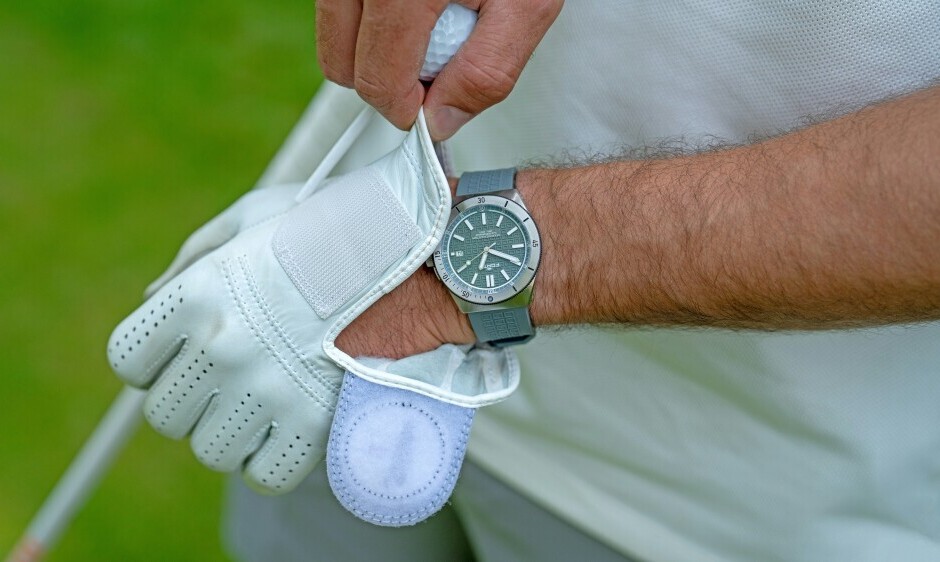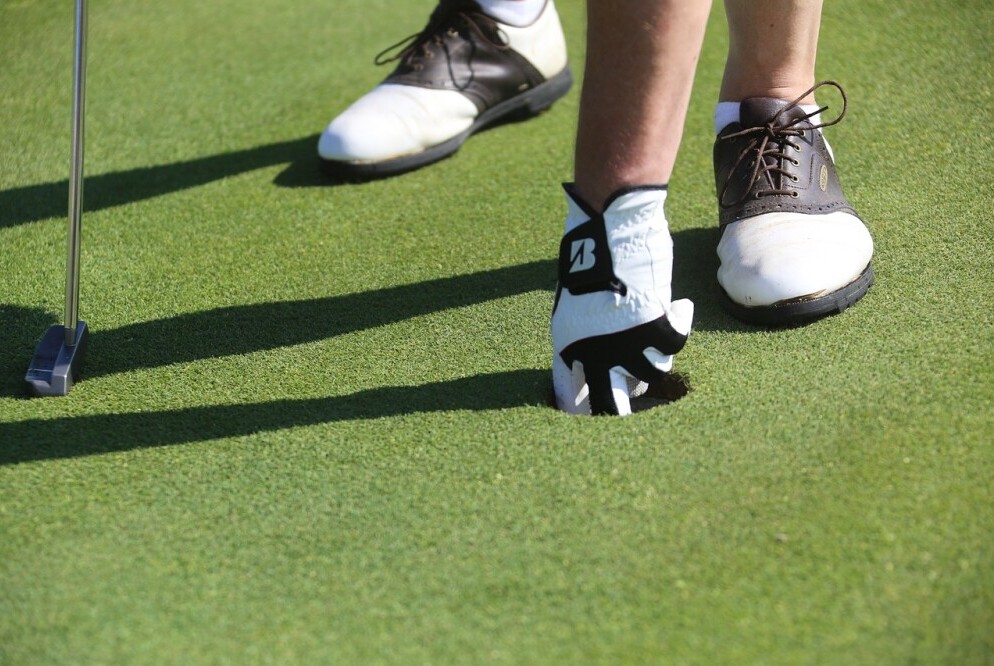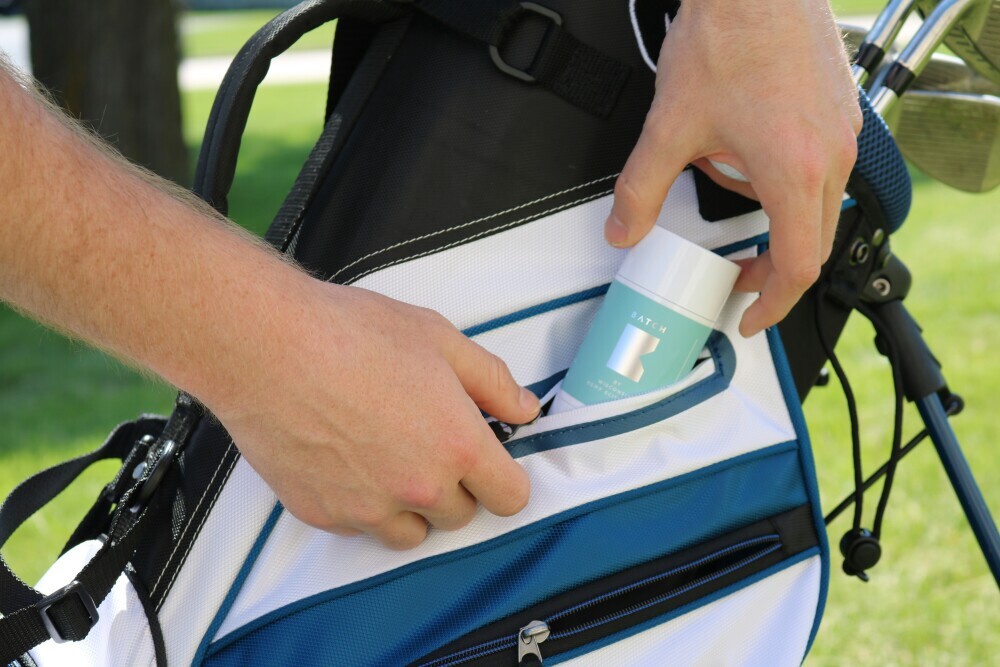What Is A Golf Glove?


Fore! Quick note: a few links here are affiliate links. If you snag gear through them, I earn a small commission — no extra strokes added to your game.
A golf glove might seem like a simple accessory, but it’s a big player in a golfer’s toolkit. Essentially, it’s this snug-fitting glove made to improve grip on the club, and that can really change the game for players at any level. The golf viking is back for another golf tidbit, and today it’s all about the golf glove.
When it comes to materials, these gloves are typically crafted from leather, synthetic materials, or a blend of both. Leather options, being super comfy and providing an excellent grip, are a popular choice, though they might demand a bit more care. Synthetic gloves, on the flip side, are often more durable and tend to be lighter on the budget.
Any glove can help with your grip, so don’t worry about getting the nicest pair right away. But when you get to the point that you want to get the most out of your game, upgrade your glove choice to give you the ultimate grip. A good golf glove can help you keep a solid grip during your swing.
Now, let’s talk design. Most golf gloves cover the entire hand except for the fingertips, which allows for a good feel and control of the club. Some are made for specific weather conditions, like rain or extreme heat, ensuring the grip remains solid no matter what Mother Nature throws your way.
The history of golf gloves is quite interesting too. They’ve been around since the early 20th century, with players like Sam Snead and Arnold Palmer bringing them into mainstream play. Their use has really gained traction over the years, becoming almost second nature for most golfers. So what do we need a golf glove for?
A golf glove improves grip and prevents slipping during your swing. To maximize the benefits, make sure your fundamentals are solid with our guide on mastering the golf swing.
Ready to level up your golf game? Click here.

The Purpose and Benefits of Using a Golf Glove
Golf gloves aren’t just about style points on the course—they serve a pretty critical role in a golfer’s game. The main gig of a golf glove? Enhancing your grip on that club. If you’ve ever experienced a club slipping mid-swing, you know how important this is. And if your club is slipping from your grip mid swing, this can spell disaster.
A solid grip means that shots are more consistent and controlled, translating into better performance and, frankly, a more enjoyable day out on the course. Plus, gloves help cushion your hand from the club’s vibrations during impact, reducing the risk of blisters and calluses, so you’re not sidelined after just a few swings. So a glove can really save your hand from these annoyances.
Wearing a glove can also boost your confidence. There’s a kind of psychological edge in knowing you have a steady hold on things—literally. This lets you focus more on your stance, your swing, and just enjoying the game. Consistently having a firm grip on your club throughout your swing can set you up for a beautiful shot.
Some folks report an increase in accuracy and power when wearing a glove, particularly in those damp or hot conditions where the club could get slippery. Basically, whether you’re gunning for a hole-in-one or just hoping to shave a few strokes off your game, a golf glove can be a pretty handy aid.
On top of all this, there’s a comfort factor that can’t be ignored. You know that secure feeling in sports is the same. The glove becomes an integral part of your play routine, offering a level of comfort that enhances rather than distracts from the whole experience. So does it really matter what kind of glove you have?
Wearing a glove can add comfort and control, especially in your short game. Pair it with proper technique by reading our breakdown on short game mastery.

The Array of Choices: Differences Among Golf Gloves
Golfers often ask, “Do I really need a glove?” It’s a fair question that comes down to personal preference and playing style. Some folks love the feel of a bare hand on the club, while others wouldn’t dream of teeing off without their trusty glove. Let’s run through the options we have for golfing gloves.
When shopping for a golf glove, you’ll find three main types: leather, synthetic, and hybrid.
Leather gloves, made from cabretta leather, offer a soft feel and excellent grip. They’re often the go-to for pros but might need a bit more TLC, especially after a wet round. Taking care of the leather and keeping them from getting wet will be key to have these gloves performing at their best.
Synthetic gloves are all about durability and breathability. They’re great if you’re out in all kinds of weather and want something that withstands the elements. They don’t quite match leather for tactile feedback, though, so it’s a bit of give and take. Synthetic gloves can be better for wet weather on the course.
Hybrid gloves mix the best of both worlds. They usually feature leather palms for grip and synthetic backings for flexibility and ventilation, making them a versatile choice if you can’t decide between the pure options. So in essence you are getting the stronger qualities from each of the two other kinds of gloves.
When choosing a glove, consider your playing environment. If you’re in a wet climate, look for a glove with weather-resistant properties. Hot and humid where you are? Opt for a more breathable, moisture-wicking glove. Beyond materials, the fit is crucial. A glove should fit snugly without restricting movement—too tight, and it’s uncomfortable; too loose, and it defeats the purpose.
At the end of the day, picking a glove is all about what feels right in your hand and suits your specific golfing needs. It may vary depending on how you like the feel of the club, or you may choose to alter them depending on the weather that day. There’s no need to limit yourself to just one, but most golfers feel that they have a type that they like and stick to them. So should you add a glove to your golf bag?
While a glove helps with grip, the right clubs also play a major role in performance. See our reviews of the most accurate golf putters for better control on the greens.

To Wear or Not to Wear: Should You Use a Golf Glove?
There’s a bit of a debate in the golfing world about whether wearing a glove is a must. While many see it as an essential part of their gear, others prefer to go without, relying purely on their natural grip. The choice often boils down to personal comfort and play style. There’s simply no definitive answer.
Golfing purists sometimes argue that bare hands provide better feel and control, allowing for a more precise touch. However, gloves do offer tangible benefits related to grip stability, especially when conditions are wet or sweaty hands become an issue.
For those new to the game, trying out a glove can be beneficial. It could lead to better grip and potentially smoother swings. On the other hand, those with more experience might find they prefer the tactile feedback of a gloveless hand. It’s a matter of personal preference.
So, should you use a golf glove? It really depends on how you feel with it on. Gloves can be a game-changer in terms of comfort and performance, but they aren’t strictly necessary for everyone. The important thing is finding what works for you personally and enhances your enjoyment of the game.
As you weigh your options, remember that the right choice is the one that helps you perform best, enjoy the game, and feel most comfortable on the course. There’s no wrong answer—only what helps you play your best round. I’ll see you out on the golf course…hey is that a new glove?
A well-fitted glove keeps your hand steady, but course challenges can still test you. Learn how to recover mentally and stay on track with our guide on how to recover from a bad hole and stay focused.


